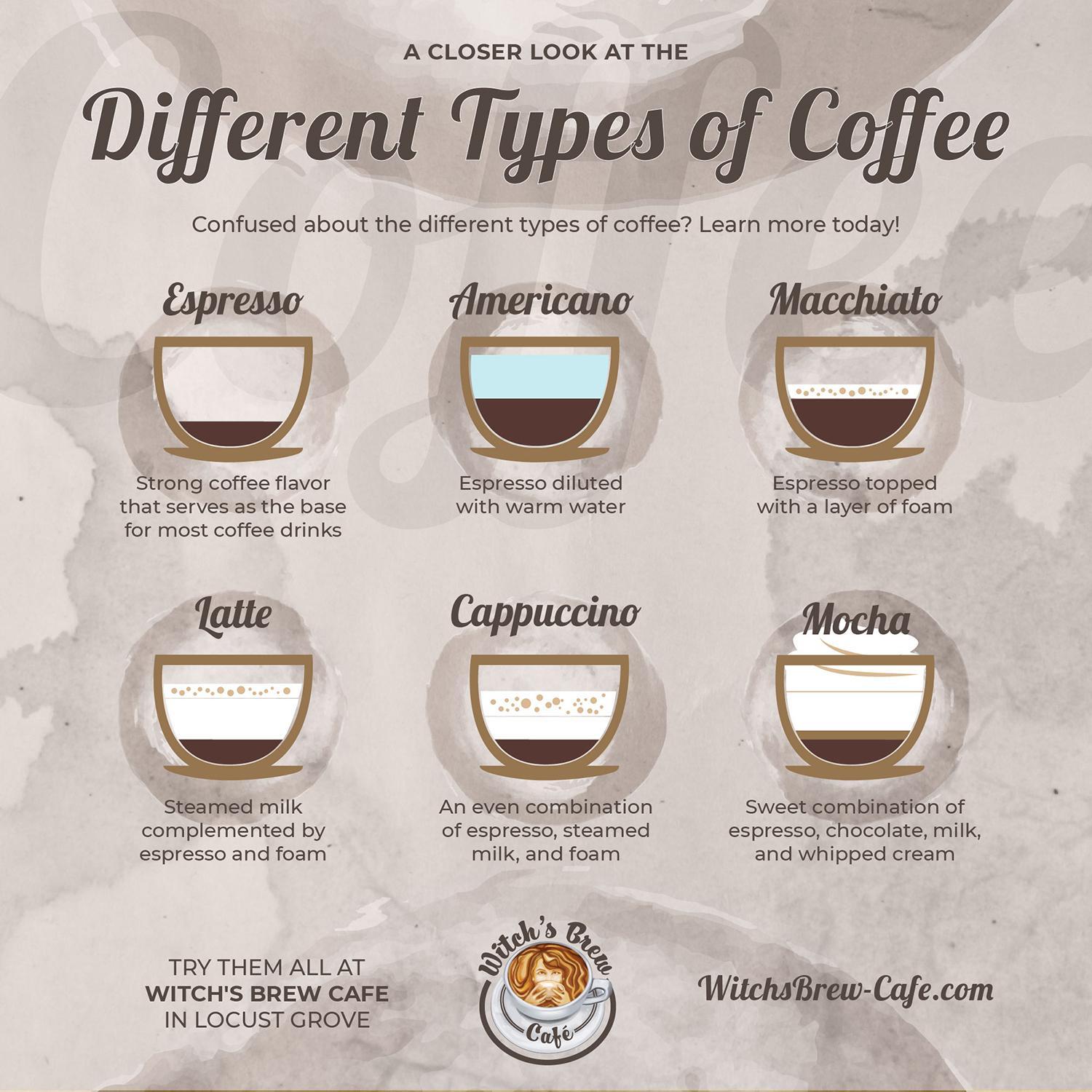As a devoted coffee lover, I've often found myself wondering: What truly sets coffee and espresso apart? Though both come from the same coffee beans, their differences in taste, texture, and caffeine content are profound. The secret lies in the brewing process, preparation techniques, and how each drink is served. Uncover the advanced capabilities of the Philips 5500 LatteGo review
Whether made from Arabica or Robusta beans, both coffee and espresso start with mixing ground beans and water. However, the way they are brewed, the grind size, and the resulting flavor profiles create a distinct experience for each. Understanding these differences can help you savor each cup more deeply, regardless of whether you're a casual coffee fan or an espresso aficionado. Get a closer look at the features of the Philips 5400 LatteGo review
Brewing Methods: The Core Difference
The most fundamental distinction between coffee and espresso lies in how they are brewed, which directly impacts their taste, texture, and caffeine strength. Explore our top picks in the Best Automatic Espresso Machine review
Regular coffee is typically prepared using methods like drip brewing, pour-over, or the French press. These approaches involve hot water passing slowly through coarse grounds over several minutes, resulting in a mild and smooth drink that's universally appealing. Find the perfect machine to beat the heat in the Best Iced Coffee Maker review
Espresso, on the other hand, is crafted by pushing nearly boiling water through finely ground coffee at around 9 bars of pressure. This high-pressure extraction takes just 25-30 seconds, resulting in a small, concentrated shot with an intense flavor and a rich, velvety crema. Dive into the best options for making lattes in the Best Latte Maker review
If brewing a pot of coffee is like enjoying a long, relaxing bath, making espresso is more akin to a quick, high-pressure shower that leaves you feeling invigorated.
Grind Size and Consistency of the Beans
The grind size is critical in defining the final character of both coffee and espresso.
For traditional coffee, a coarser grind is preferable. The slow brewing methods demand this grind size to extract flavors evenly without over-extraction, which can result in a bitter taste.
In contrast, espresso requires a much finer grind. This fine consistency ensures that the rapid, high-pressure brewing process extracts all the flavor compounds efficiently, resulting in a rich and concentrated shot.
I learned this lesson firsthand when I accidentally used a coarse grind for my home espresso machine. The weak and watery shot I ended up with taught me just how vital grind consistency is for each method.

Flavor Profiles: Mild and Balanced vs. Bold and Intense
One of the most fascinating aspects of coffee is its diverse flavor potential. A pour-over can bring out delicate floral notes, while a French press may highlight earthy undertones. Thanks to the slower extraction process, regular coffee generally has a smooth, balanced flavor profile.
Espresso, however, delivers a bold and concentrated experience. The high-pressure brewing method yields a drink with a thick texture and robust flavors. Depending on the beans, espresso can feature complex notes ranging from chocolate and nuts to fruity hints.
When I want to relax and savor a drink, I usually opt for coffee. But when I crave a quick, intense burst of flavor, nothing hits the spot quite like a shot of espresso.
Caffeine Content: Comparing Strength
Espresso's powerful flavor might suggest it has more caffeine, but the reality is more nuanced.
Per ounce, espresso does contain more caffeine. A single shot (about 1 ounce) has approximately 63 milligrams of caffeine, whereas an 8-ounce cup of drip coffee contains roughly 95 milligrams. However, since espresso is typically consumed in smaller quantities, a full cup of coffee will generally provide a higher caffeine intake overall.
For prolonged energy throughout the morning, I reach for a cup of coffee. But if I need an immediate pick-me-up, a shot of espresso is my go-to.
The Unique Crema of Espresso
One defining feature of espresso is the crema—a golden-brown foam that forms on top of a well-prepared shot. This layer forms when pressurized water emulsifies the coffee's natural oils, creating a distinct texture and flavor complexity.
Regular coffee doesn't have crema since it isn't brewed under pressure. Personally, I find the crema not only adds visual appeal but also serves as a sign of a quality espresso shot.
Versatility: Espresso as the Base for Popular Drinks
While both coffee and espresso are delightful on their own, espresso really shines when it comes to versatility.
Coffee is often enjoyed black, with milk, or with a touch of sugar. Espresso, however, serves as the foundation for many beloved drinks, such as lattes, cappuccinos, macchiatos, and Americanos. Its rich, concentrated flavor makes it the ideal partner for steamed or frothed milk, creating endless possibilities for customization.
I love experimenting at home with different espresso-based drinks, adjusting flavors and textures to suit my mood.

Conclusion: Coffee vs. Espresso—Which One to Choose?
While coffee and espresso originate from the same beans, their brewing techniques, grind sizes, and flavor profiles create two distinct experiences. Coffee's slower brewing method yields a smooth, mild beverage perfect for relaxed moments, whereas espresso's high-pressure extraction delivers a bold shot that's ideal for a quick energy boost or as the base for creative drinks.
Ultimately, the choice between coffee and espresso comes down to personal preference and mood. If you're in the mood for a mellow, leisurely experience, coffee is a timeless favorite. But when you're after something bold and stimulating, espresso is second to none. Personally, I enjoy switching between the two, embracing their unique qualities and relishing the diverse experiences they bring to my daily routine.
